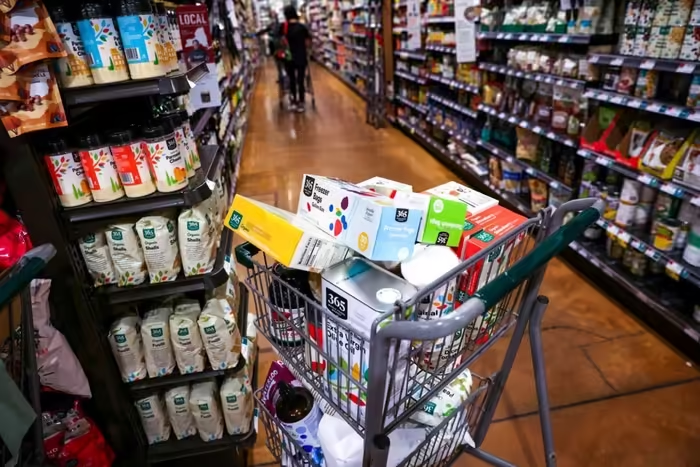By Andrew Moran The Federal Reserve’s preferred inflation gauge was mixed last month, higher energy and food prices. The latest inflation measurement comes as the central bank prepares for a much-anticipated policy meeting next week. The personal consumption expenditure (PCE) price index eased to 2.5 percent in June, down from 2.6 percent in May, according […]
Tag: Inflation
In economics, inflation refers to a general progressive increase in prices of goods and services in an economy. When the general price level rises, each unit of currency buys fewer goods and services; consequently, inflation corresponds to a reduction in the purchasing power of money.












